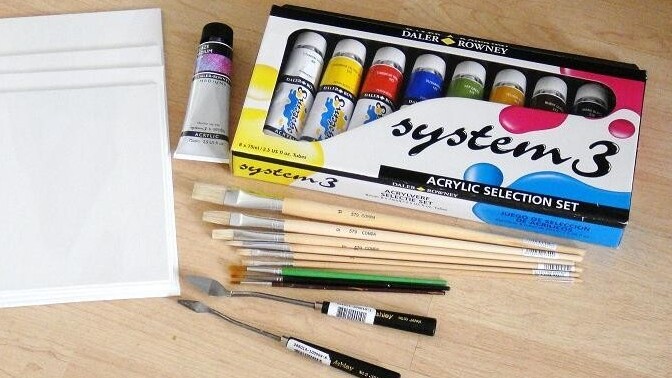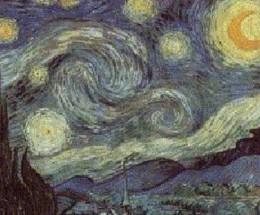
 Art holds an crucial place in our lives. We all grow up making sketches and doodles, painting our room our favorite color during childhood, and choosing posters to hang in a dorm room. At some point for most of us we realize that there is a separation between the people who can do art and those who can’t.
Art holds an crucial place in our lives. We all grow up making sketches and doodles, painting our room our favorite color during childhood, and choosing posters to hang in a dorm room. At some point for most of us we realize that there is a separation between the people who can do art and those who can’t.
Like it or not, most people are not Picasso. Not everyone is so black and white though, some people can do a little art. Maybe you can draw the greatest Sonic the Hedgehog. Maybe you can knit, but only socks, or can manipulate Legos like a maniac.
Webcomics started an art revolution for the have-nots; without needing to go through a publisher or face the confines of newsprint the talented and unconventional artists found a way to express themselves in a way that came naturally to them. xkcd describes itself as “A webcomic of romance, sarcasm, math, and, language” which is a niche market to be sure. As with many business archetypes, the web has leveled the playing field of the art market battle between the brick and mortar, hard copy publishers, and those who exist online first and can build their way up to tangible goods once they discover a gerrymandered audience.
Jen Bekman, an art-dealer and entrepreneur in New York City, believed that the art market was much larger than commonly thought. She knew that there were many talented artists who were unable to get that big break into the scene and just as many buyers who would love an alternative to the traditional art market – limited expensive works that are out of reach for the majority or common cheap ones that are seen everywhere. Taking advantage of this market inefficiency Bekman founded 20×200 an online gallery of sorts that sells limited editions at low prices with the tagline “It’s art for everyone.” At $20 you can purchase the smallest version of the work, say an 8×10, and as the size goes up so does the price. This puts interesting, unique art, into the price range of even a college student. Instead of buying a poster that everyone else will have, you can get a quirky photograph or print that is just as representative of your style. And the 20×200 model scales all the way up to collectors who can opt to buy the original, one-of-a-kind piece. It’s a more open art market that manages to hit the high and low ends of the spectrum.
Threadless has been following a similar pattern, starting out with user submitted t-shirt designs and expanding into prints of the art featured on those shirts and now expanding into the Artist Shoppe. The Shoppe is a repository of art curated by the team at Threadless. In addition to their traditional t-shirt and print versions though, the Artist Shoppe offers another medium: canvas. This is the format of legitimate, museum-style, fancy-pants art. Just the thought of being able to buy Han Solo Pop, in the carbonite pose from Empire Strikes Back on a canvas is a big step forward. It would have been unthinkable a few years ago unless you happened to know someone who could actually build that for you.
The team at Etsy has taken aim at last decade’s eBay stores. On Etsy there is a low barrier to entry: handmade products, commercial or handmade supplies for making crafts, or items at least 20 years old are all fair game, which keeps the necessary artist vibe alive. With the range of products that fit into these categories creative types can take their hobby, specialty, or garage sale bargain hunting to a community sharing the same interests. Jewelry, glass and furniture or handmade journals can be listed on the same site as a small run off a book or magazine and right next to gallery-wrapped paintings on canvas.
If you have a talent today the sky is the limit thanks to the Internet. This isn’t just a lesson for technology companies, but for everyone. What are you waiting for, go buy some paints!
Get the TNW newsletter
Get the most important tech news in your inbox each week.




